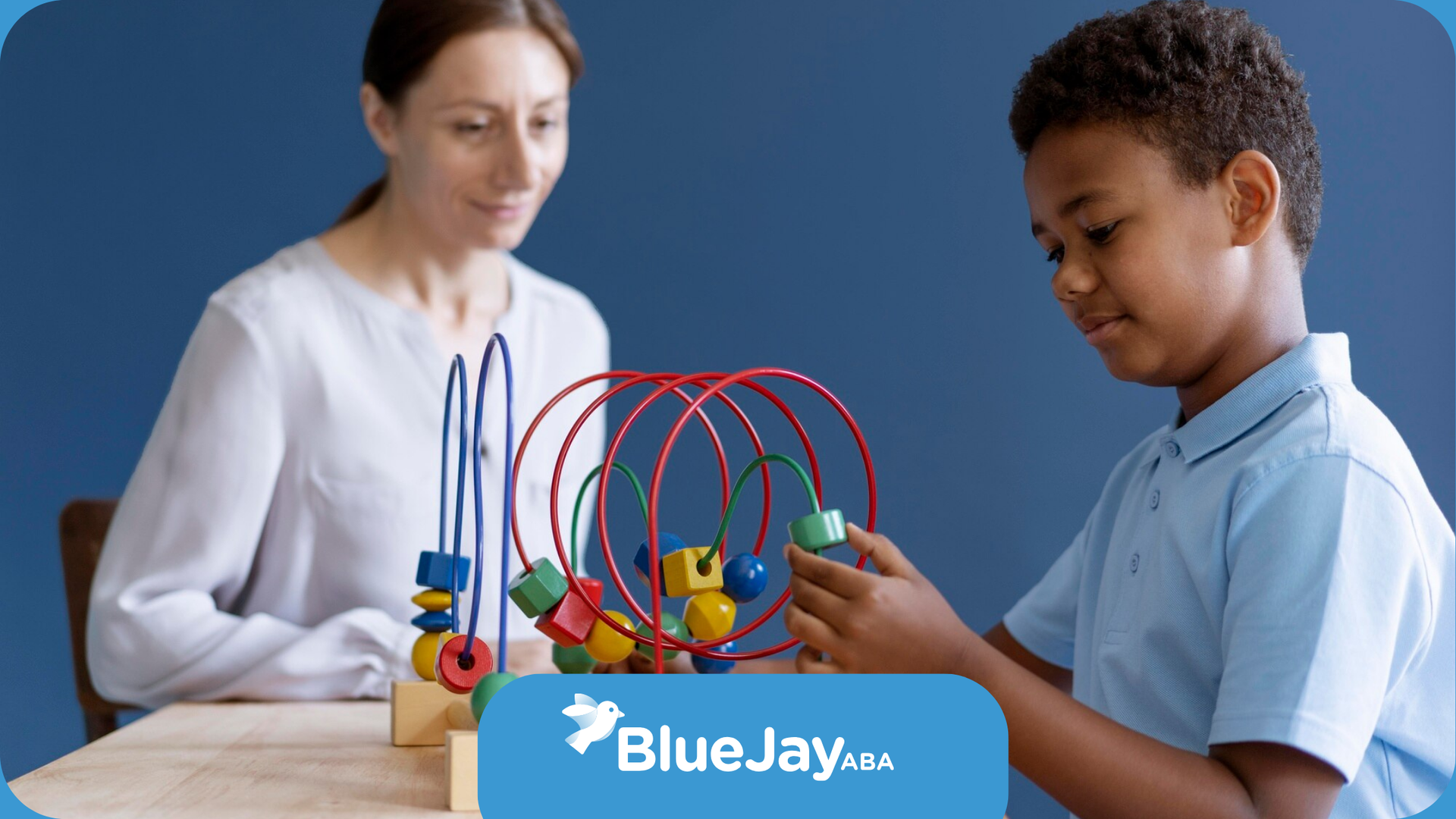Inspiring ABA Therapy Success Stories
Key Highlights
- ABA therapy uses behavior analysis to help those with autism.
- It emphasizes early intervention for optimal outcomes.
- Success stories highlight positive changes in communication, social skills, and behavior.
- ABA's impact extends beyond the individual to strengthen family bonds.
- ABA therapy is adaptable, evolving alongside a child's progress.
- Professionals celebrate milestones, acknowledging achievements big and small.
Introduction
Since the 1960s, ABA therapy, or applied behavior analysis, has been very important for many people with autism spectrum disorder (ASD) who want to lead fulfilling lives. This proven therapy works by using early intervention and behavior analysis. It helps reduce unwanted behaviors and encourages helpful life skills in children with ASD. Success stories from ABA therapy shine a light on the amazing possibilities for change and growth.
Inspiring Stories of ABA Therapy Triumphs
In
ABA therapy, every success story shows the hard work of therapists, the strength of children, and the strong support from families. These stories highlight how ABA therapy greatly changes lives for the better. Let’s look at some inspiring examples:
1. Sophia's Journey: Overcoming Communication Barriers
At just three years old, Sophia had autism. She found it hard to express what she needed. Making eye contact was tough for her. Instead, she mostly used gestures and sounds, which made her frustrated. Things started to change when she began ABA therapy.
In her personal ABA therapy sessions, Sophia learned how to communicate better. The therapists helped her use pictures, sign language, and words of praise. This way, she connected words with things and feelings. Over time, she got better at making eye contact. She even said her first words, bringing great joy to her parents.
Sophia's story shows how ABA therapy can help children improve their communication skills. It gives them the tools to share their thoughts and feelings more clearly.
2. Michael's Achievement: Mastering Self-Care Skills
For Michael, a six-year-old with ASD, everyday self-care tasks felt very hard. Tasks like getting dressed, brushing his teeth, or eating alone made him feel anxious and frustrated.
His family saw this and decided to try ABA therapy to help him with these important routines. The therapists worked closely with Michael, breaking down each task into simple steps.
With rewards and regular practice, Michael started to accept these routines. What used to cause him a lot of stress became more manageable. He reached new milestones, which helped his confidence and independence in daily life.
3. Isabella's Breakthrough: Social Interaction and Inclusion
Navigating social situations was hard for eight-year-old Isabella. She is on the autism spectrum. She found it difficult to understand social cues and to have back-and-forth conversations. Making friends was also a challenge. Many playdates ended in tears. This left Isabella feeling lonely and sad.
To help Isabella grow her social skills, her parents turned to ABA therapy. With play-based methods, her therapists showed her how to understand and respond to social cues during planned sessions.
As Isabella's social skills improved, she found joy in making real connections. Her confidence grew as she started to engage with her friends in therapy and school. This helped her fit in better during social times.
4. Ethan's Success: Behavioral Self-Regulation
Ethan often had tantrums and outbursts. This is a common problem for many kids with autism. He frequently felt frustrated, which made it hard for him to express himself or control his feelings.
To help Ethan, his family chose ABA therapy. This type of therapy uses behavior analysis to help kids like Ethan. With positive reinforcement, therapists taught Ethan how to understand and manage his emotions. They gave him useful strategies to help him calm down.
By focusing on self-regulation, Ethan learned to spot what triggered his outbursts. He began to swap those outbursts for healthier ways to cope, leading to better emotional health.
The Transformative Impact of ABA on Families in North Carolina
The positive effects of ABA therapy go beyond just the child. It helps families across North Carolina by bringing them together and giving them support. Parents and siblings join their loved ones on this path, finding new ways to understand each other and grow stronger. Let's look at how ABA therapy boosts family bonds:
Strengthening Parent-Child Relationships
Seeing their child struggle can leave parents feeling helpless. However, ABA therapy provides essential support. Parent training programs help families get useful tools and strategies. These tools help them address their child's unique needs both during and after therapy sessions.
As parents learn more about behavior analysis, they start to notice their child's triggers. They also learn how to respond to tough behaviors and encourage good actions. This creates a supportive space for growth and understanding. With this new knowledge, the bond between parent and child grows stronger, fostering a loving relationship filled with patience and shared progress.
Empowering Siblings and Fostering Understanding
Siblings of kids with autism spectrum disorder (ASD) can feel various emotions. ABA therapy understands this and creates a space that supports them.
When siblings learn more about autism through ABA therapy, it clears up misunderstandings and builds empathy. Having support systems and specific help can assist siblings in understanding their brother or sister's struggles. This helps strengthen their relationships and lowers chances of fights. As families go through ABA therapy together, they create a wonderful mix of understanding, love, and care, making their family stronger.
Conclusion
In short, these inspiring success stories show how ABA therapy can greatly help individuals and families. With hard work and personal plans, people like Sophia, Michael, Isabella, and Ethan have reached impressive goals. They have improved their skills in communication, self-care, social interaction, and behavior control. ABA therapy does not just change the lives of those who receive it; it also brings families closer together, helps siblings understand each other better, and creates a positive space for growth. These stories highlight the strong effects of ABA therapy in making a positive and lasting difference for individuals with different abilities and their families.
Frequently Asked Questions
How Long Does It Typically Take to See Progress with ABA Therapy?
The time it takes to see progress with ABA therapy can change. It depends on the child's needs, how regular the therapy sessions are, and the milestones being worked on. Still, with regular ABA therapy, many families notice small improvements in their child's behavior and growth as time goes on.
Can ABA Therapy Be Customized for Each Child's Needs?
Sure! ABA therapy is strong because it can be tailored to meet the unique needs of every child. Board Certified Behavior Analysts (BCBAs) create treatment plans that take a child's strengths, challenges, and specific goals into account.
Need Assistance?
We’re Here to Help
Our expert team is ready to support your child’s development and well-being.
We are committed to offering tailored ABA therapy solutions that promote growth.
Contact us today for Professional ABA Therapy.
Related Posts
MENU
GET IN TOUCH
STAY CONNECTED
Join our newsletter and find out more
NewsletterFooter
We will get back to you as soon as possible
Please try again later







